Axel Bender
Pervasive Flexibility in Living Technologies through Degeneracy Based Design
Dec 14, 2011Abstract:The capacity to adapt can greatly influence the success of systems that need to compensate for damaged parts, learn how to achieve robust performance in new environments, or exploit novel opportunities that originate from new technological interfaces or emerging markets. Many of the conditions in which technology is required to adapt cannot be anticipated during its design stage, creating a significant challenge for the designer. Inspired by the study of a range of biological systems, we propose that degeneracy - the realization of multiple, functionally versatile components with contextually overlapping functional redundancy - will support adaptation in technologies because it effects pervasive flexibility, evolutionary innovation, and homeostatic robustness. We provide examples of degeneracy in a number of rudimentary living technologies from military socio-technical systems to swarm robotics and we present design principles - including protocols, loose regulatory coupling, and functional versatility - that allow degeneracy to arise in both biological and man-made systems.
Evolutionary Mechanics: new engineering principles for the emergence of flexibility in a dynamic and uncertain world
Jan 21, 2011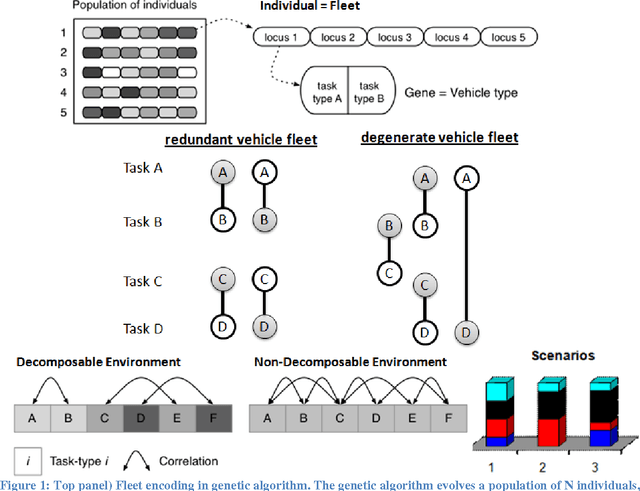

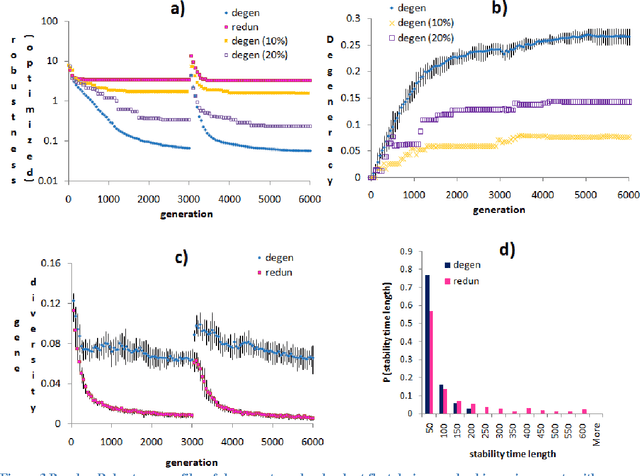
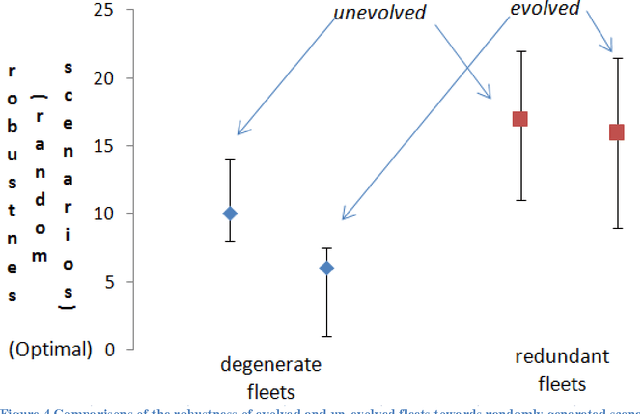
Abstract:Engineered systems are designed to deftly operate under predetermined conditions yet are notoriously fragile when unexpected perturbations arise. In contrast, biological systems operate in a highly flexible manner; learn quickly adequate responses to novel conditions, and evolve new routines/traits to remain competitive under persistent environmental change. A recent theory on the origins of biological flexibility has proposed that degeneracy - the existence of multi-functional components with partially overlapping functions - is a primary determinant of the robustness and adaptability found in evolved systems. While degeneracy's contribution to biological flexibility is well documented, there has been little investigation of degeneracy design principles for achieving flexibility in systems engineering. Actually, the conditions that can lead to degeneracy are routinely eliminated in engineering design. With the planning of transportation vehicle fleets taken as a case study, this paper reports evidence that degeneracy improves robustness and adaptability of a simulated fleet without incurring costs to efficiency. We find degeneracy dramatically increases robustness of a fleet to unpredicted changes in the environment while it also facilitates robustness to anticipated variations. When we allow a fleet's architecture to be adapted in response to environmental change, we find degeneracy can be selectively acquired, leading to faster rates of design adaptation and ultimately to better designs. Given the range of conditions where favorable short-term and long-term performance outcomes are observed, we propose that degeneracy design principles fundamentally alter the propensity for adaptation and may be useful within several engineering and planning contexts.
Degeneracy: a link between evolvability, robustness and complexity in biological systems
Jan 15, 2010



Abstract:A full accounting of biological robustness remains elusive; both in terms of the mechanisms by which robustness is achieved and the forces that have caused robustness to grow over evolutionary time. Although its importance to topics such as ecosystem services and resilience is well recognized, the broader relationship between robustness and evolution is only starting to be fully appreciated. A renewed interest in this relationship has been prompted by evidence that mutational robustness can play a positive role in the discovery of future adaptive innovations (evolvability) and evidence of an intimate relationship between robustness and complexity in biology. This paper offers a new perspective on the mechanics of evolution and the origins of complexity, robustness, and evolvability. Here we explore the hypothesis that degeneracy, a partial overlap in the functioning of multi-functional components, plays a central role in the evolution and robustness of complex forms. In support of this hypothesis, we present evidence that degeneracy is a fundamental source of robustness, it is intimately tied to multi-scaled complexity, and it establishes conditions that are necessary for system evolvability.
Robustness and Adaptiveness Analysis of Future Fleets
Jul 03, 2009



Abstract:Making decisions about the structure of a future military fleet is a challenging task. Several issues need to be considered such as the existence of multiple competing objectives and the complexity of the operating environment. A particular challenge is posed by the various types of uncertainty that the future might hold. It is uncertain what future events might be encountered; how fleet design decisions will influence and shape the future; and how present and future decision makers will act based on available information, their personal biases regarding the importance of different objectives, and their economic preferences. In order to assist strategic decision-making, an analysis of future fleet options needs to account for conditions in which these different classes of uncertainty are exposed. It is important to understand what assumptions a particular fleet is robust to, what the fleet can readily adapt to, and what conditions present clear risks to the fleet. We call this the analysis of a fleet's strategic positioning. This paper introduces how strategic positioning can be evaluated using computer simulations. Our main aim is to introduce a framework for capturing information that can be useful to a decision maker and for defining the concepts of robustness and adaptiveness in the context of future fleet design. We demonstrate our conceptual framework using simulation studies of an air transportation fleet. We capture uncertainty by employing an explorative scenario-based approach. Each scenario represents a sampling of different future conditions, different model assumptions, and different economic preferences. Proposed changes to a fleet are then analysed based on their influence on the fleet's robustness, adaptiveness, and risk to different scenarios.
Network Topology and Time Criticality Effects in the Modularised Fleet Mix Problem
Jul 03, 2009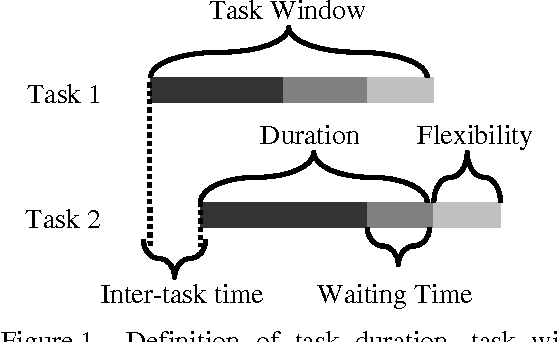
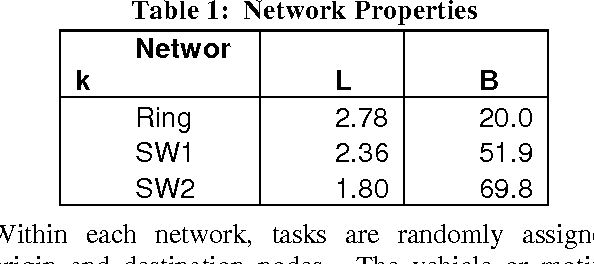

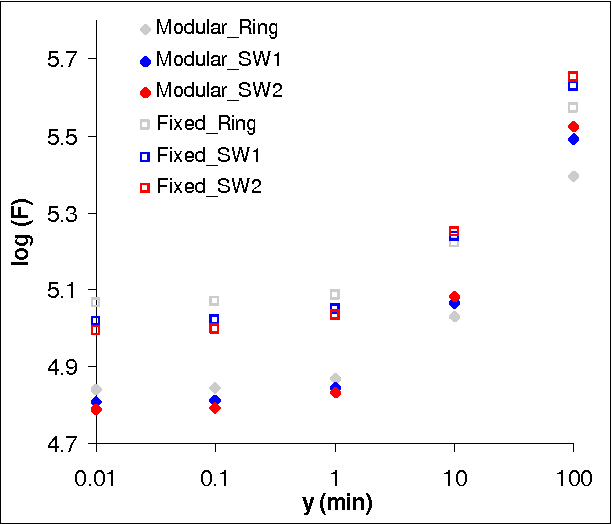
Abstract:In this paper, we explore the interplay between network topology and time criticality in a military logistics system. A general goal of this work (and previous work) is to evaluate land transportation requirements or, more specifically, how to design appropriate fleets of military general service vehicles that are tasked with the supply and re-supply of military units dispersed in an area of operation. The particular focus of this paper is to gain a better understanding of how the logistics environment changes when current Army vehicles with fixed transport characteristics are replaced by a new generation of modularised vehicles that can be configured task-specifically. The experimental work is conducted within a well developed strategic planning simulation environment which includes a scenario generation engine for automatically sampling supply and re-supply missions and a multi-objective meta-heuristic search algorithm (i.e. Evolutionary Algorithm) for solving the particular scheduling and routing problems. The results presented in this paper allow for a better understanding of how (and under what conditions) a modularised vehicle fleet can provide advantages over the currently implemented system.
Computational Scenario-based Capability Planning
Jul 03, 2009Abstract:Scenarios are pen-pictures of plausible futures, used for strategic planning. The aim of this investigation is to expand the horizon of scenario-based planning through computational models that are able to aid the analyst in the planning process. The investigation builds upon the advances of Information and Communication Technology (ICT) to create a novel, flexible and customizable computational capability-based planning methodology that is practical and theoretically sound. We will show how evolutionary computation, in particular evolutionary multi-objective optimization, can play a central role - both as an optimizer and as a source for innovation.
Strategic Positioning in Tactical Scenario Planning
Jul 02, 2009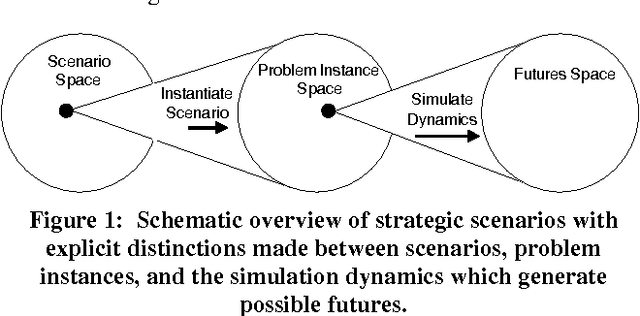



Abstract:Capability planning problems are pervasive throughout many areas of human interest with prominent examples found in defense and security. Planning provides a unique context for optimization that has not been explored in great detail and involves a number of interesting challenges which are distinct from traditional optimization research. Planning problems demand solutions that can satisfy a number of competing objectives on multiple scales related to robustness, adaptiveness, risk, etc. The scenario method is a key approach for planning. Scenarios can be defined for long-term as well as short-term plans. This paper introduces computational scenario-based planning problems and proposes ways to accommodate strategic positioning within the tactical planning domain. We demonstrate the methodology in a resource planning problem that is solved with a multi-objective evolutionary algorithm. Our discussion and results highlight the fact that scenario-based planning is naturally framed within a multi-objective setting. However, the conflicting objectives occur on different system levels rather than within a single system alone. This paper also contends that planning problems are of vital interest in many human endeavors and that Evolutionary Computation may be well positioned for this problem domain.
Degenerate neutrality creates evolvable fitness landscapes
Jul 02, 2009



Abstract:Understanding how systems can be designed to be evolvable is fundamental to research in optimization, evolution, and complex systems science. Many researchers have thus recognized the importance of evolvability, i.e. the ability to find new variants of higher fitness, in the fields of biological evolution and evolutionary computation. Recent studies by Ciliberti et al (Proc. Nat. Acad. Sci., 2007) and Wagner (Proc. R. Soc. B., 2008) propose a potentially important link between the robustness and the evolvability of a system. In particular, it has been suggested that robustness may actually lead to the emergence of evolvability. Here we study two design principles, redundancy and degeneracy, for achieving robustness and we show that they have a dramatically different impact on the evolvability of the system. In particular, purely redundant systems are found to have very little evolvability while systems with degeneracy, i.e. distributed robustness, can be orders of magnitude more evolvable. These results offer insights into the general principles for achieving evolvability and may prove to be an important step forward in the pursuit of evolvable representations in evolutionary computation.
 Add to Chrome
Add to Chrome Add to Firefox
Add to Firefox Add to Edge
Add to Edge